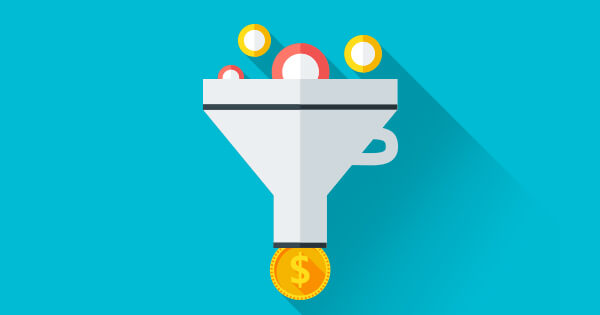Partnering with third parties can extend your reach and increase your lead volume tremendously.

However, relying on external lead providers isn’t always smooth sailing. There are a couple of pitfalls that can hamper your lead generation success since you may not have direct insight into the traffic sources and lead generation processes of 3rd parties.
Here are a couple of things that can stand in your way from obtaining high-quality leads when working with lead providers:
-
- Buy Large Volumes
Before buying big lead volumes from a new 3rd party, start with purchasing a small number of leads and test them. When testing your leads, make sure it is a representative test that incorporates your targets. Are the leads of the quality you were hoping for? Based on the results, you can fine-tune your targets, and decide how, or if, you want to continue. Also pay attention to how the attentive your lead provider is in listening to your feedback, and offering you service and support in getting you the leads you are looking for.
-
- Not Defining your Target ROI
At the same time, calculate what your target ROI is. Do you have a specific goal in terms of CPA (cost per sale)? This is something you should be clear about so you can determine a lead price you can afford.
Read more: dCPL: Why You Should Love Dynamic Lead Pricing.
-
- Not Following-up Correctly
Once you bought the lead, choose the appropriate follow-up action. It happens too often that marketers complain about low lead quality when in reality the issue is not the quality of the lead itself but insufficient or delayed sales processes within the organization. If you don’t follow-up the right way, even the highest quality lead won’t convert into a sale.
-
- Buying Aged Data
You might opt to buy aged data, which are leads that are not real-time for cost reasons. Although it’s not impossible to have success with this type of data, real-time leads are much more likely to convert into sales, especially if they’re hot, i.e. if you follow-up only minutes after you received them.
-
- Being Cheap
Like all things in life, if you buy cheap things you get exactly what you pay for. It may work out for you in the short-term, but to increase or maintain lead quality, you have to pay up. You can’t expect great returns when your leads are generated through less engaged traffic, e.g. mobile app traffic, co-registration marketing channels, or incentivized leads which are considered an absolute no-go. There is a reason these kinds of leads are cheap which is why you probably won’t see many conversions. High-quality traffic is costly.
-
- Not insisting on Lead Verification or Scoring
Many 3rd parties offer real-time lead generation that is verified and scored in real-time. That way, you can prevent fraud from entering your ecosystem, as well as ensuring you are able to follow-up on leads. Moreover, advanced scoring models can give you insights into how likely leads are to convert, which is a handy tool to gauge how much effort you should put into converting leads.
Keeping these points in mind, you should be able to manage your lead provider and increase lead quality so you can maximize your ROI. Many external providers offer full-service lead generation that includes lead scoring and verification, as well as transparent insights into traffic sources.